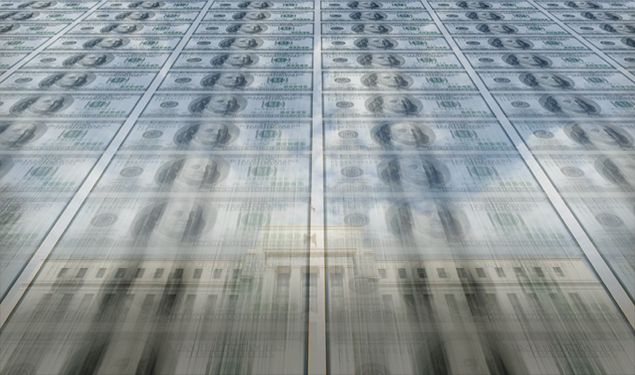The ‘Defining’ Moment in U.S. Economic History!

U.S. history is full of well-known events, but a thousand years from now there will be one single event that will be seen as “the ‘defining’ moment in our entire history.” If you ask the average American today, what that event was, I’m sure you’d hear responses like the battle at Gettysburg, the bombing of Pearl Harbor, and the 9/11 attacks. All hold an important place in our history, no doubt. But I seriously doubt that the single-most critical moment in our history, as understood by a futuristic history student, would even appear in the top 100 responses provided today. I say that with confidence, because I have no doubt that the average American has yet realize the dramatic domino effect it had on every aspect of American life. The day that will truly live in infamy is August 15, 1971.
Today, it’s nothing more than a footnote in the history books, referred to as the Nixon shock. It was a series of economic measures taken in response to foreign exchange pressures and increasing inflation, which culminated with the dollar’s removal from the gold standard. Nixon and his administration were seen as saviors, protecting American citizens from foreign price- gougers and a foreign-generated exchange crisis. But it opened the door for a monumental paradigm shift. It initiated a global shift, from real currency to freely floating fiat currencies, a fundamental shift from bedrock to sand. It may seem difficult to connect the dots in advance, but hindsight is 20/20 and future-viewers will easily see how the American fabric became twisted.
It’s old and obvious, but still unconnected, so mainstream media can’t be bothered with it, but the fact of the matter is that today’s earnings gap is a direct result of that 1971 decision. At that time, people could work a 40-hour week and retire at 60 with a full pension. That’s not happening today, because the dollar has lost 80% of its value. In 1971, the average person would have to work 1,276 hours to afford a new car. It would take 2,300 hours today to afford the same car. Yet, if we were still on the gold standard, $100 of gold in 1971 would be worth $3,714 today. While the top 1% increased their worth exponentially since 1971, millions of American workers failed to maintain a minimal lifestyle, even working two jobs. Can anyone be surprised that civil unrest is on the rise, or political extremism is increasing, or given a list of standard political structures, that a majority of Millennials prefer socialism?
The U.S. government is eager to replace dollars with a newer version, whether printed or digital. Meanwhile free Medicare, free college, and free everything else will be bantered around as the 2020 elections approach. It’s hardly surprising that healthcare and college are two expenses that have skyrocketed since 1971 and constitute a part of the average American’s indebtedness. But a fiat currency begets a fiat currency and a newer version cannot create value where there is none. The stock market’s oversold, bonds have already inverted once, and our increasing national debt is “unsustainable.” Protect your assets, your entire portfolio, and your legacy with the safety and security of physical gold and other precious metals. Call the experts at American Bullion, at (800) 653-GOLD (4653)!


